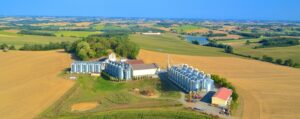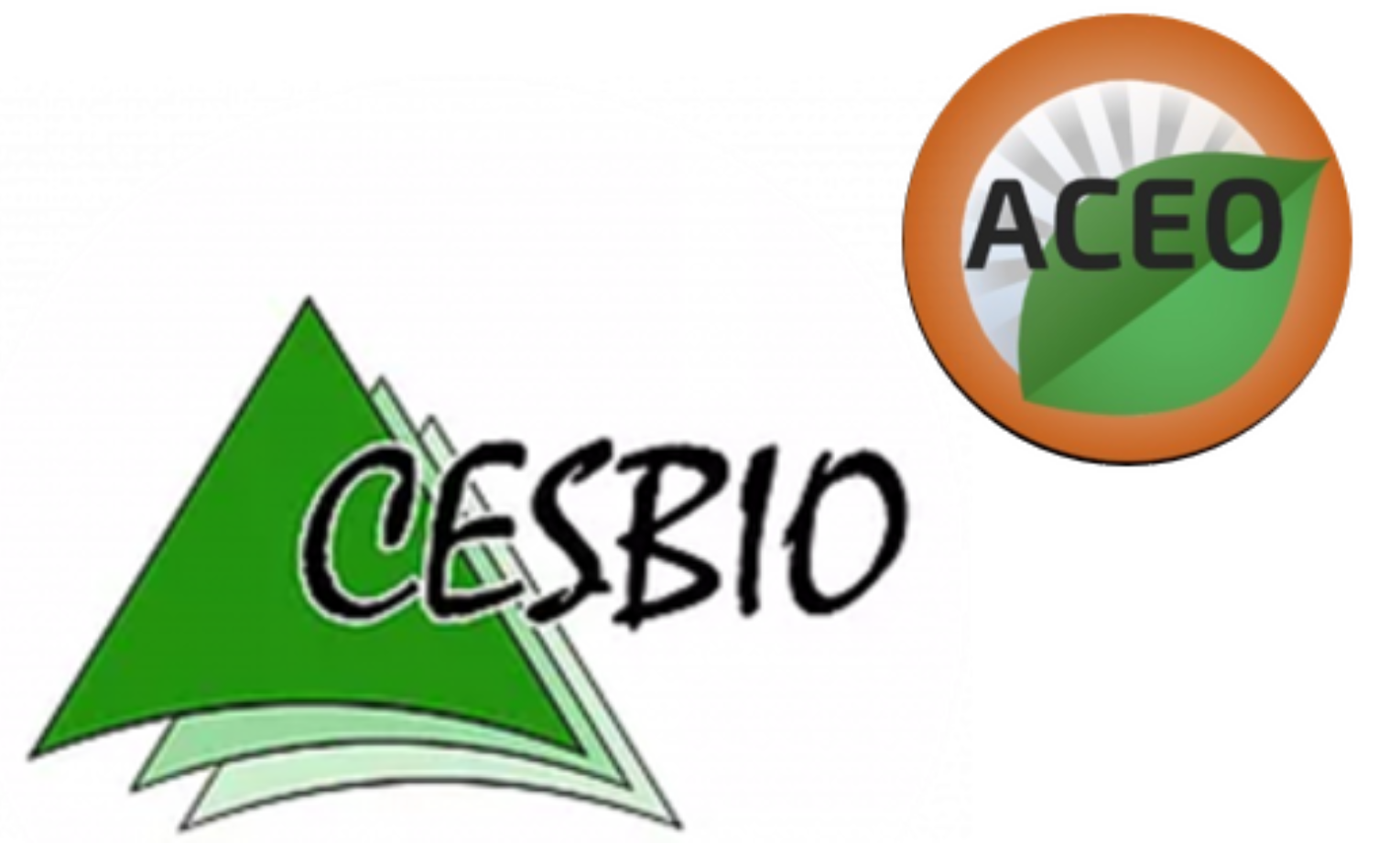Carbon Farming : Experimenting Soil Carbon Sequestration Deployment in Farming Systems
From September 2019 to December 2021

Context
In their recent report, the IPCC has reiterated the need for urgent action, in order to ensure our future under climate change. The report states that to remain within the 1,5°C target, urgent action at unprecedented scale and across all sectors, is required within the next 11 years. Agriculture has a major role to play to meet this target through lowering its greenhouse gas emissions (GHG) and capturing CO2 from the atmosphere and sequestering part of it in the soil. At the same time, agricultural systems need to be ready to adapt to climate change, and supply sufficient food to feed a growing world population, while preserving water, biodiversity and soil resources.
Based on preservation and restoration of soil health, namely through increase and maintenance of soil organic matter, soil appears as a major solution to address the threshold challenge of climate change mitigation, adaptation to climate change and food security. The “4 per 1000” initiative, launched during COP 21, aims at this objective and has now support from ca. 40 countries and 300 organisations.
SCS is one of the most critical solution to these challenges. Not only is it contributions to reduce our net anthropogenic greenhouse gas (GHG) emissions, but it preserves and restores soil health through the increase and maintenance of soil organic matter, but contributing to enhance production resilience and food security (IPCC, 2014 ; see “4 per 1000” initiative). Carbon farming is a name for a variety of agricultural methods aimed at sequestering atmospheric carbon into the soil.
A few institutes (INRA, IRD, CIRAD and CGIAR) collaborated to realise the following video about the 4 per 1000 initiative.
Based on the existing dynamics on research and political framework, the context is currently favorable for a scaler project on soil carbon sequestration (SCS), linking farmers and agri-food business to consumers and territorial stakeholders with support of research institution.
Project summary
Soils have a huge yet untapped potential to help address climate change and make progress towards a carbon neutral or carbon negative agriculture sector. Designing an agricultural Soil Carbon Sequestration (SCS) project requires inter alia a shared vision across stakeholders, a business model and a monitoring system.
The objectives of the Soil Carbon Farming project are to scale up and consolidate transformative case-study by defining transition requirements at farm and landscape levels to sequestrate more carbon in agricultural soils, by co-designing solutions with local stakeholders, by monitoring and certification of soil carbon sequestration and developing scaling out mechanisms (including financial tools) for agricultural Soil Carbon Sequestration (SCS). The programme concerned Europe but will be usefull to scale out to other continents.
The project started with demand owners from ongoing transformative cases (Nataïs in France and AgroCO2ncept in Switzerland) already engaged in the development of low carbon agri-food chains. It consolidated and scaled-up the transformatives cases in the time frame of the project i.e. until 2021. In 2020, based on learning from the 2 initial cases and the development of the Deep Demonstrator, it selected additional transformative cases and engage with them for scaling up. In addition, it developed de-risking and guarantee mechanisms for farmers and businesses, as well as a plan for a European label on low-carbon food product and, based on the assessment of transition requirements it planed for integrated service for scaling out to other transformative cases.
The outcomes of the programme are tools and learning that will accelerate the transformation of farming systems as carbon sinks.
Our Contribution
A low cost, sufficiently accurate and scalable soil carbon monitoring method fully calibrated for regional maize grain, comparing the baseline system and the improved system with cover crops was developed based on the SAFYE-CO2 method. In a first stage, automated remote sensing (Sentinel 2) procedures were used to derive crop biomass and crop residues estimates on the ca. 50 farms producing corn for Nataïs private company.
Thereby a proxy calculation of carbon sequestration through cover crop residues was calculated, and calibrated through direct sampling of cover crop biomass at pilot farm sites and remote sensing by Cesbio. The deployment at scale of this carbon monitoring methodology was a priority for Nataïs in 2019-2020 in order to allow carbon payments for farmers (see more details about the “Naturally Popcorn” project here).

Then, the implementation of the SAFYE-CO2/AgriCarbon-EO method was completed. It was validated for popcorn maize and cover crops based several field campaigns at the farm network and based on flux tower measurements (a dedicated flux tower was installed at Pibrac).
This project allowed a comparisons of the SAFYE-CO2 method with other carbon monitoring methods such as COMET Farm, Cool Farm Tool and SIMEOS AMG.
